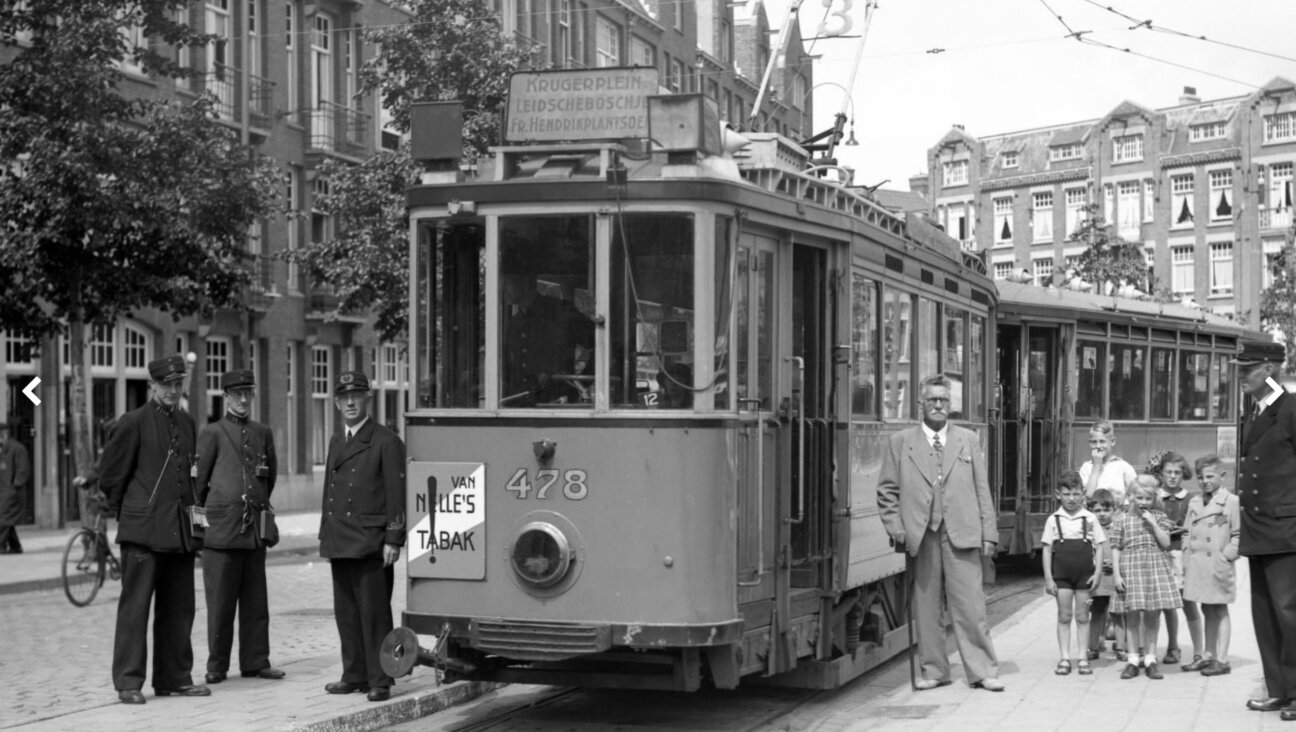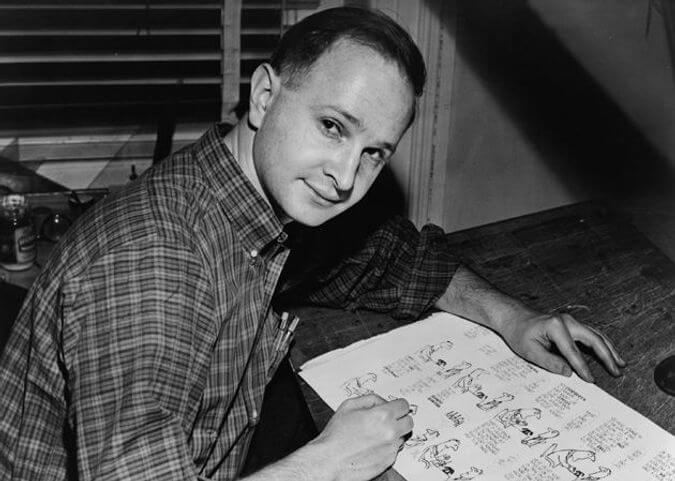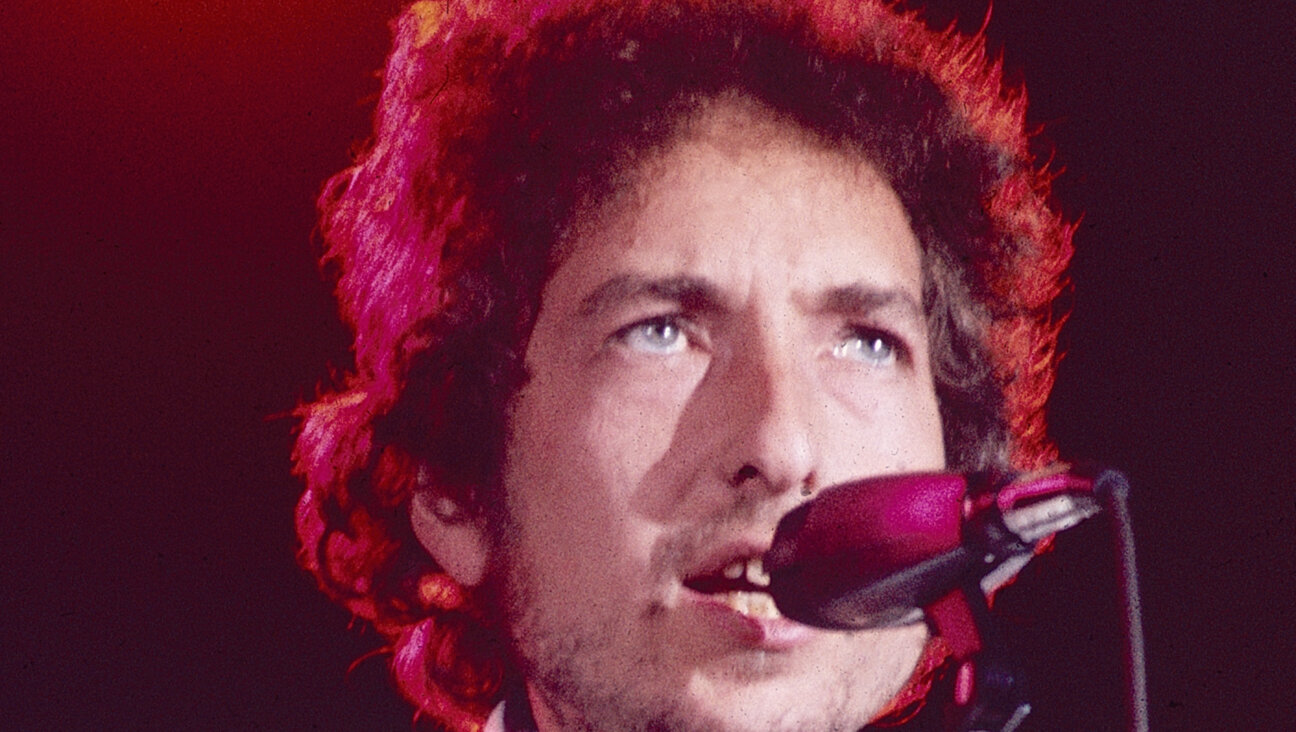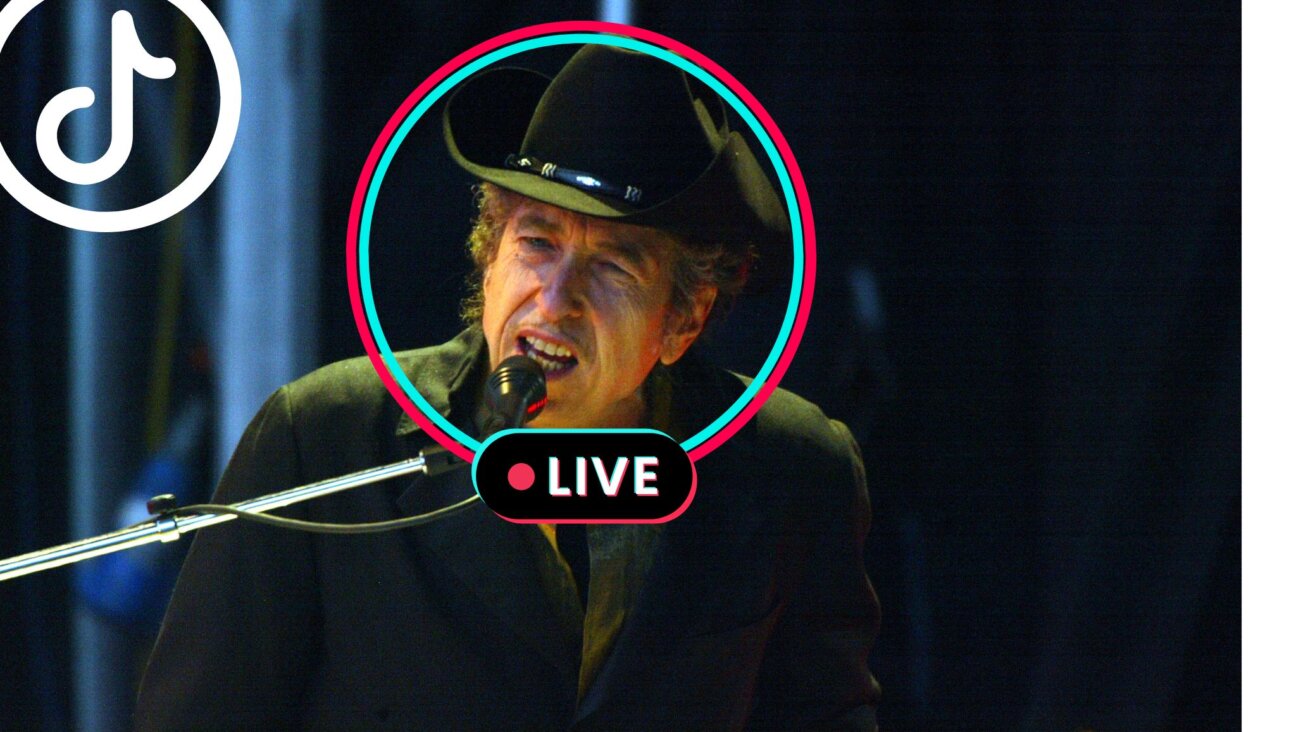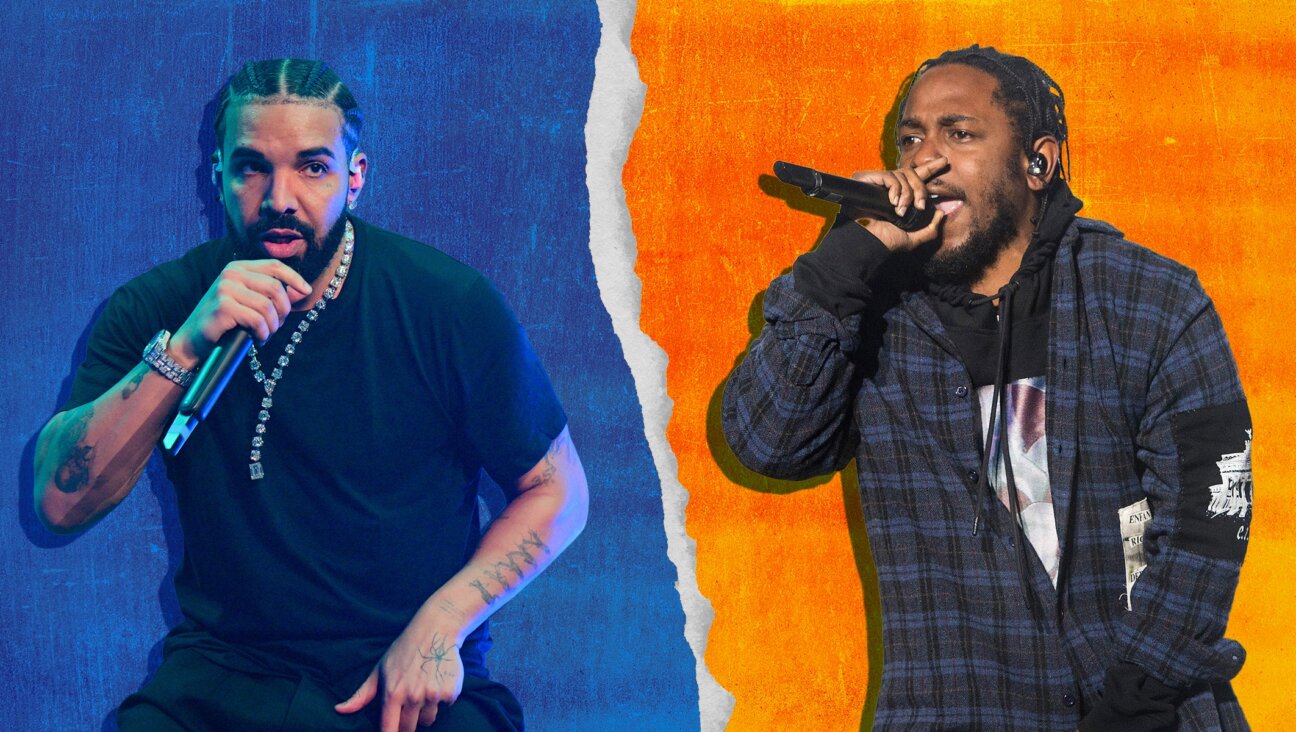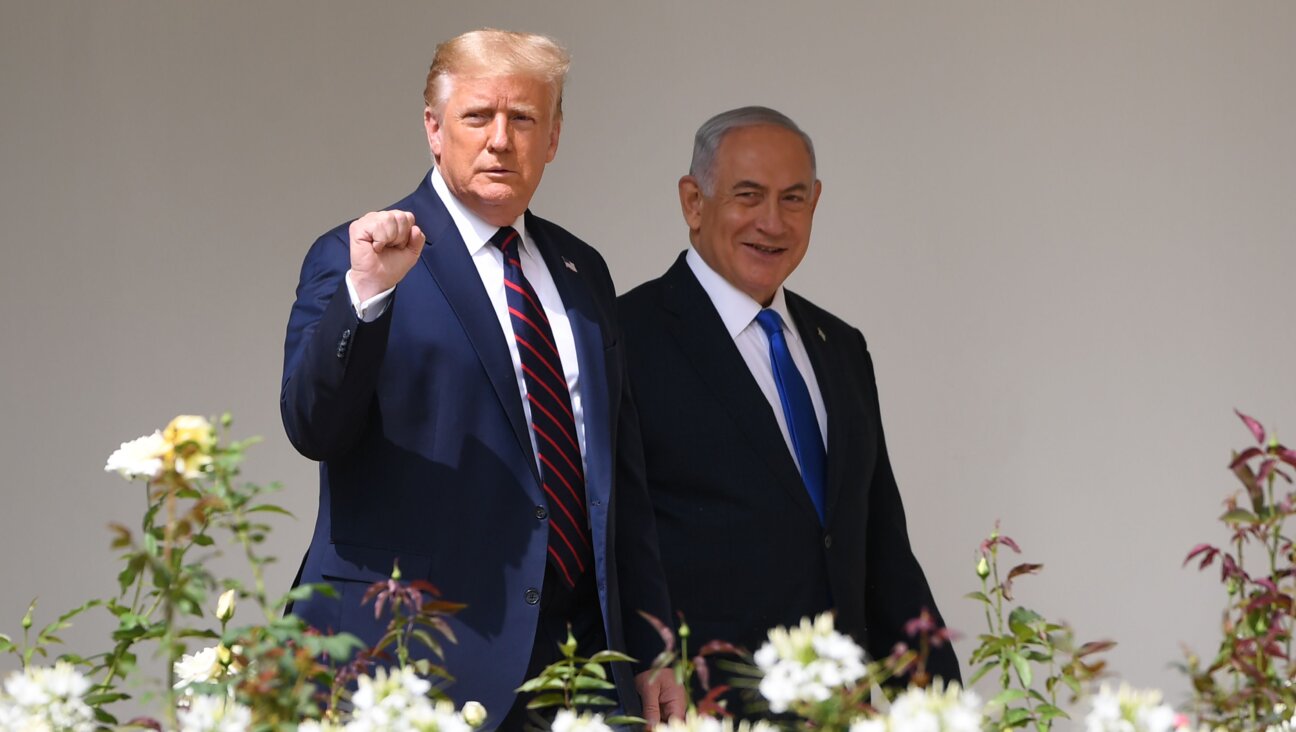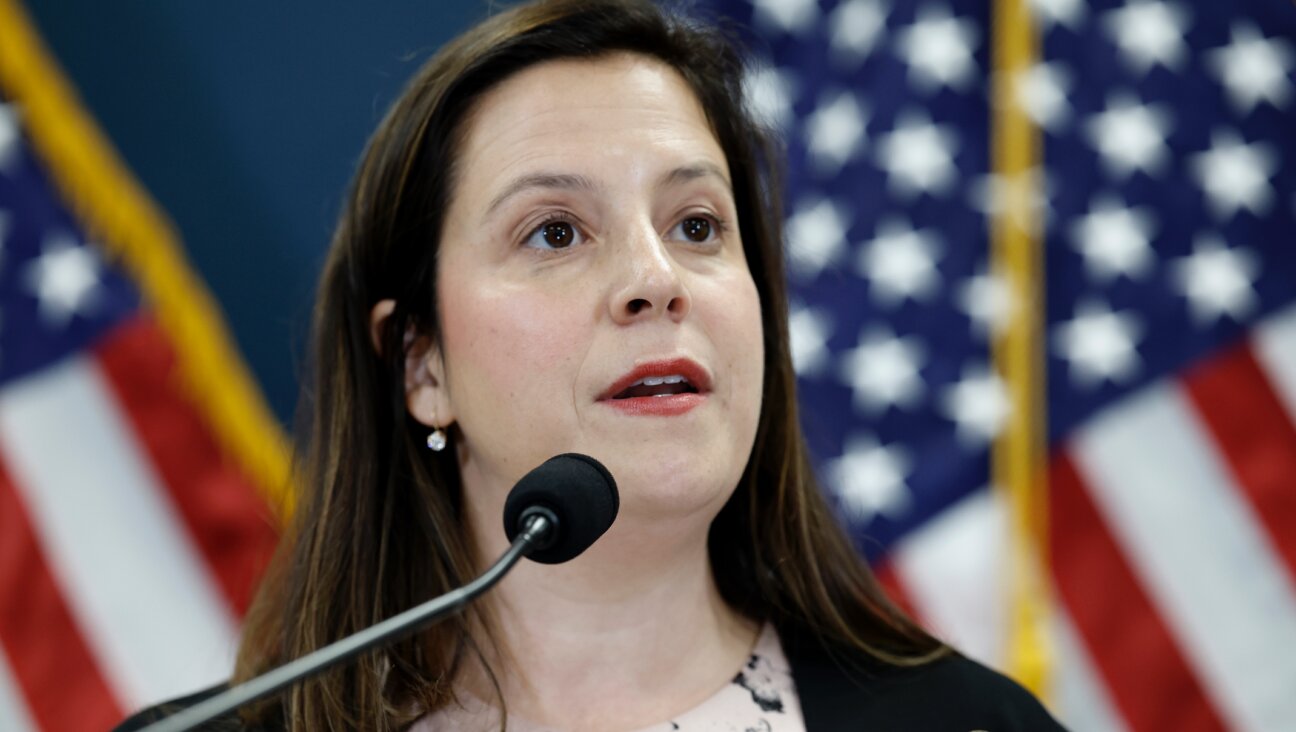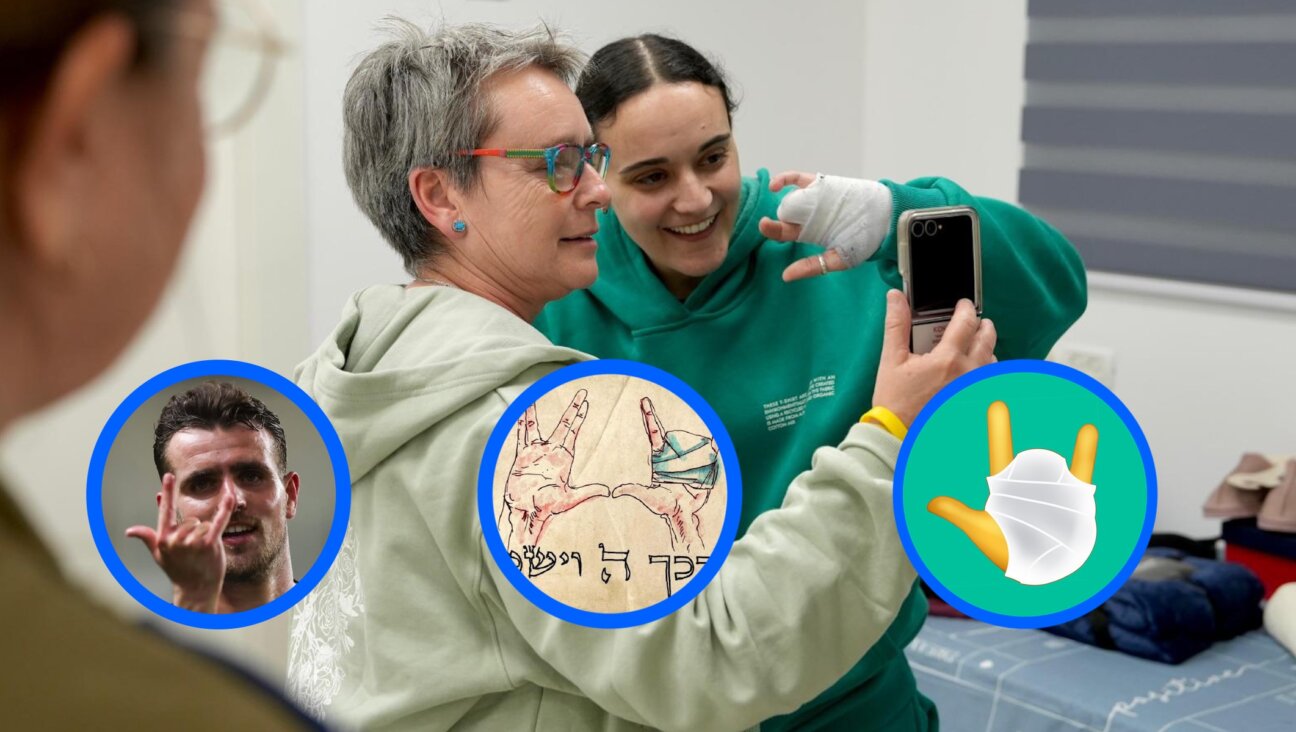Montreal Is Finally Getting Its Very Own Jewish Museum

Image by Courtesy of Jewish Museum of Montreal
After six years of presenting online exhibitions and pop-up events, the Museum of Jewish Montreal is finally getting a permanent brick-and-mortar home.
The museum, scheduled to open by the end of May, is located in the city’s Plateau neighborhood, in a circa 1912 building that once housed a garment factory — a remnant of the neighborhood’s deep Jewish roots and once-thriving shmatte business.
“We’re at the center of something historic, but we’re not just interested in the past,” Zev Moses, the museum’s founder and director said. “There’s a lot of culture being created nearby. We want to offer a meeting point where Jewish cultural knowledge and memory inspires people to create their own identity through new forms of Jewish culture.”
The museum’s neighborhood is now a comfortably boho district where boutiques and galleries abut Jewish stalwarts such as smoked-meat temple Schwartz’s and uber-steakhouse Moishes.
Though the museum has occupied Moses’s life for half a decade, it’s not what he planned when he created an audio Jewish-history project six years ago. A consultant to real estate developers by day, Moses was a map geek who researched buildings to learn their stories. “Outside my window at home, there was a building that looked like a synagogue,” he says. “But when I Googled it, nothing came up. I started thinking that someone needed to map this history. The people who know it will soon be gone.”
That building turned out to be Montreal’s once-grand Beth Yehuda shul, which had fallen into disrepair. Moses’s discoveries became the impetus for an audio-guide project called “Hidden Jewish Montreal,” which used cell phones to tell stories of historic Jewish sites.
When funding constraints made that unworkable, Moses rejiggered the concept as an online “exhibit” for smartphones, and the Interactive Museum of Jewish Montreal (IMJM) was born. With a crew of volunteers, Moses gathered personal stories from Montreal’s Jewish community to leaven straight-up history of buildings, sites and neighborhoods. “We worked from libraries, café s and our homes,” Moses says. “We recruited McGill [University] students to do research. It was a real team effort.”
As word about IMJM spread, demand for walking tours of the sites bubbled up. Moses and his team designed one on Montreal’s food culture and another on the Plateau’s history as a garment district. IMJM also started pop-up events such as “Sacre-Profane: Samy Elmaghribi”, an acclaimed 2015 exhibition on the Moroccan-born, Montreal-based cantor who moonlighted as a global pop star.
By then, Moses was growing frustrated at the ephemeral nature of the IMJM’s exhibitions. “We’d spend all of this time, and our projects would only stay up a short time,” he says. “So we started pitching the idea of a permanent home.”
The result is a loft-like 1,200-square-foot space with huge windows that offer views of the bustling corner of Boulevard St-Laurent and Duluth Street – “symbolic because St.-Laurent is the traditional dividing line between French Roman-Catholic Montreal to the east and Anglophone Protestant Montreal to the west,” Moses says. “Jews were always in between, and here we are again.” It’s also the heart of what had been a heavily immigrant neighborhood in the early 20th century.
Though he declined to name his funders, Moses said “more than 20” local families and foundations financed the project. The museum will serve as an incubator and event venue as much as a gallery, with an informal co-working space for young Jewish organizations, Moses says. IMJM will also boast a café, boutique and “food lab” with its own kitchen.
Programming around food will take center stage during IMJM’s first few months, says director of food programming Kat Romanow, who also runs the dinner pop-up The Wandering Chew.
“There’s a rich heritage of Jewish food culture in Montreal, and we’re using that as a jumping-off point,” Romanow says. “Food’s also a way for people to engage in something Jewish that doesn’t feel so institutional. And it’s always been one of the main ways Jews partake of their culture.” in addition to offering cooking demos and panel talks, Romanow’s plans to tap such businesses as Boston pop-up Kitchen Kibitz and Brooklyn’s artisan-fish maker Gefilteria for special events.
Although Jews have had a fraught history in Quebec – chronicled, most notably, by Mordecai Richler in such novels as “The Apprenticeship of Duddy Kravitz” – they’ve also left an indelible stamp on the city’s character. And the museum’s opening seems to represent a new chapter in that relationship.
“I’m thrilled about its arrival,” says Alex Norris, the City Councillor for the Jeanne-Mance district, which includes IMJM. “We have a rich Jewish history in the area I represent, but a lot of people don’t know it. Anything that improves understanding of the historic contribution of the Jewish community to the neighborhood, and to Quebec society as a whole, can only help dispel stereotypes and lead to a greater appreciation of the community.”
Manon Gauthier, the member of Montreal Mayor Denis Coderre’s executive committee in charge of culture and heritage, sounded equally enthusiastic. “When Zev Moses came to me with the project, I felt it was the perfect way to build bridges between communities, and also for Montrealers and tourists to learn about the place of Jewish culture and heritage in Montreal,” she told the Forward in a statement. “I am hoping that the Museum will be key in connecting all areas of Jewish Montreal, from the discovery of the heart of the theatre or garment districts as well as its much-celebrated culinary and cultural heritage. I was of course thrilled about the virtual museum initiative but, I must admit, this new step gives it a whole new world of possibilities.”
While public programs are still gestating, the museum has aligned with two core partners – Montreal’s Jewish Public Library and KlezKanada, which works to sustain Yiddish musical culture. But “we’re not rooted in a particular denomination,” Moses says. “It’s about how everything forms a mosaic. Even though we’re in a traditionally Ashkenazi neighborhood, we’re actively working to program North African and Mizrahi programming. We don’t want to be seen as just celebrating 1930s and ’40s for Eastern European Jews in Montreal.”
Michael Kaminer is a frequent contributor to the Forward.
A message from our Publisher & CEO Rachel Fishman Feddersen

I hope you appreciated this article. Before you go, I’d like to ask you to please support the Forward’s award-winning, nonprofit journalism so that we can be prepared for whatever news 2025 brings.
At a time when other newsrooms are closing or cutting back, the Forward has removed its paywall and invested additional resources to report on the ground from Israel and around the U.S. on the impact of the war, rising antisemitism and polarized discourse.
Readers like you make it all possible. Support our work by becoming a Forward Member and connect with our journalism and your community.
— Rachel Fishman Feddersen, Publisher and CEO







